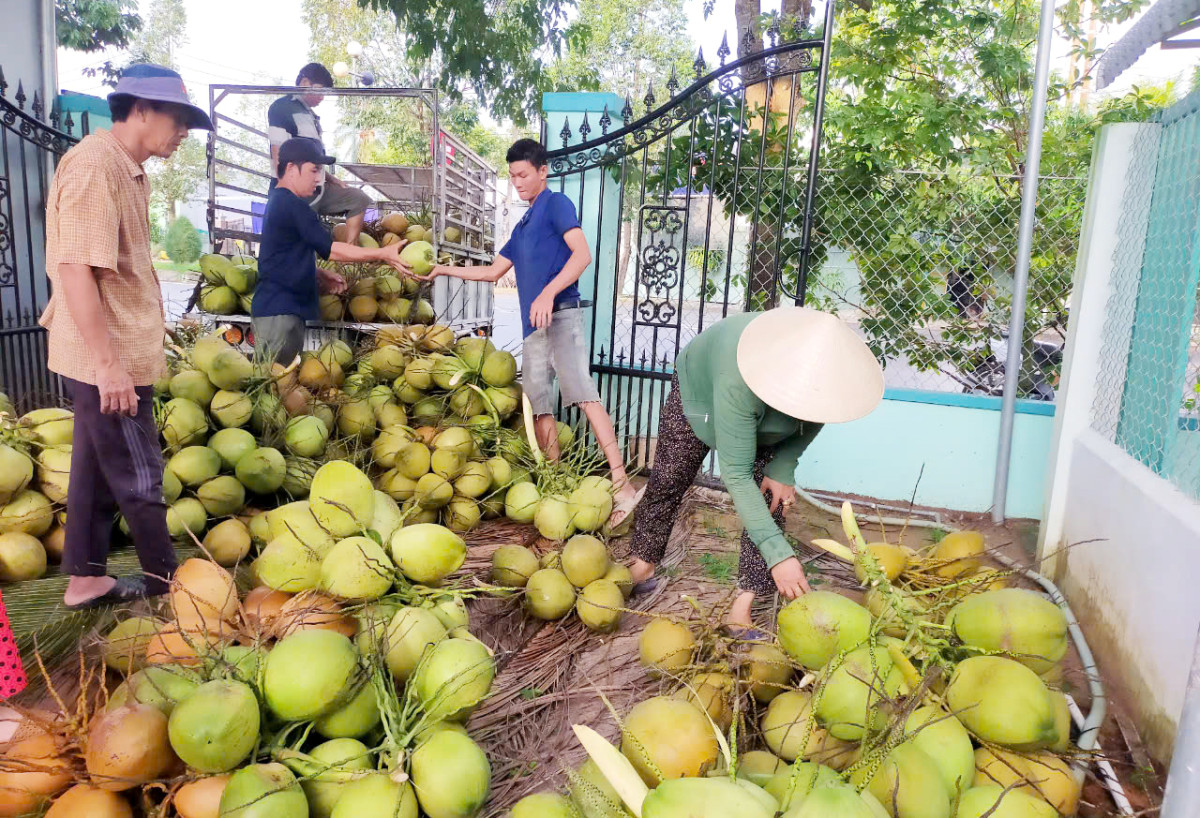
Transporting raw coconuts in Binh Thanh commune, Giong Trom district. Photo: Dieu Hien
* Doctor, when merging the provinces of Ben Tre , Tra Vinh and Vinh Long, depending on the characteristics of each locality, should the coconut industry be re-planned to suit the new context?
- Dr. Tran Huu Hiep: The merger of 3 provinces creates a new administrative- economic entity, with a large enough scale to build regional development strategies, instead of just stopping at the provincial level. In particular, the new provincial position not only promotes the strengths of the agricultural economy, a "fruit kingdom" but also opens up the development of green tourism and marine economy. In particular, the coconut industry is a typical advantage of localities such as Ben Tre and Tra Vinh, which need to be re-planned according to the approach of an integrated, modern and sustainable coconut economic ecosystem.
Currently, the three provinces of Ben Tre, Tra Vinh and Vinh Long account for over 80% of the country's coconut acreage, with Ben Tre alone having over 78,000 hectares and leading the country in terms of output and export value of coconut products. Tra Vinh is expanding its growing area to over 25,000 hectares, while Vinh Long plays a bridging role in terms of infrastructure, logistics and processing industry potential.
With this potential, repositioning the coconut industry is not only about reallocating raw material areas but also restructuring the entire coconut value chain according to a closed model. From developing high-tech agriculture associated with organic and sustainable standards, to building seed research and R&D centers, improving the quality of input products. At the same time, investing in deep processing industrial zones towards a circular economy, developing a national brand for the Vietnamese coconut industry and expanding exports.
It is important that the re-planning of the coconut industry cannot be localized, but must be integrated by region, assigned roles according to strengths, linked to digital transformation strategies, smart logistics and global markets. This is an opportunity for coconut to become not only an agricultural crop but also a green economic pillar of the Mekong Delta.
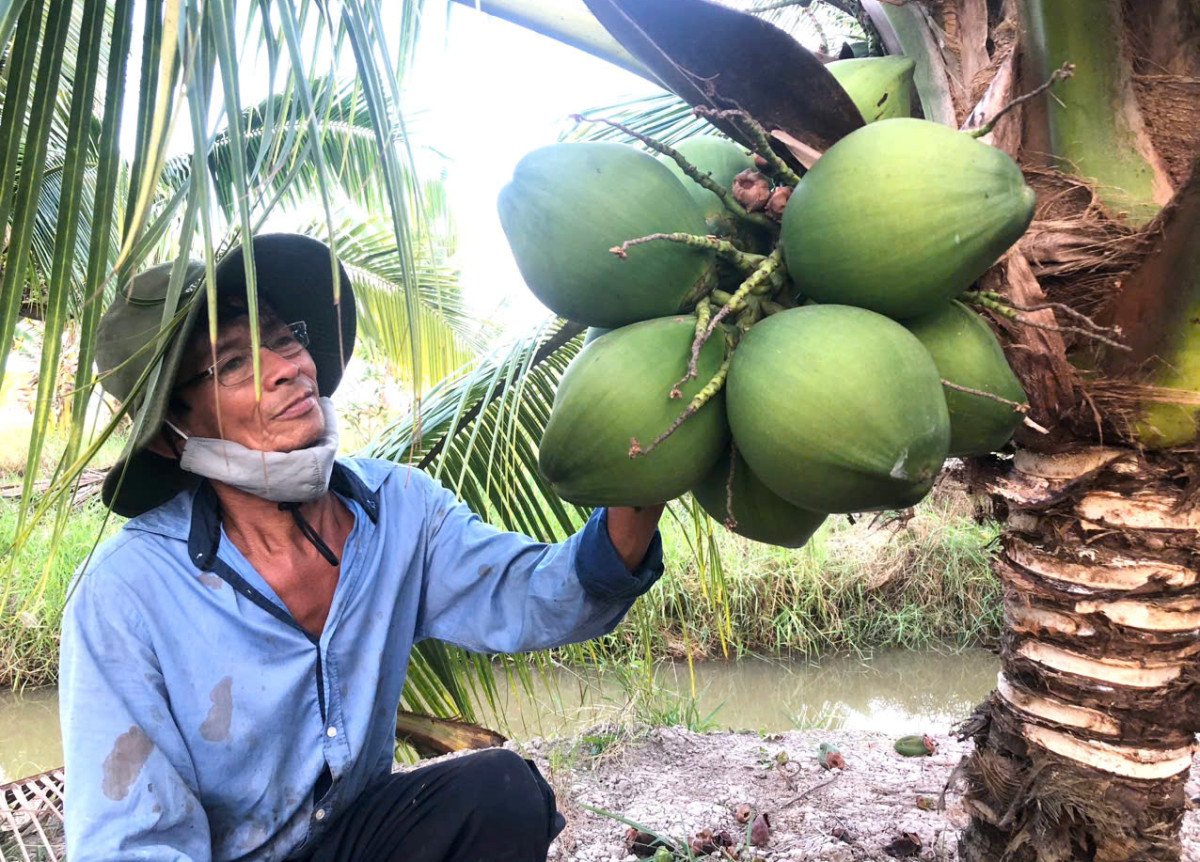
Farmer Nguyen Van Tong, An Thuan hamlet, An Binh Tay commune (Ba Tri) switched from rice cultivation to coconut cultivation to adapt to climate change. Photo: Dat Viet
* Is the functional zoning planning such as assigning Ben Tre - Tra Vinh as the raw material area and scientific and technological research on coconut, and Vinh Long as the center of deep processing and coconut industry, appropriate?
- This is completely appropriate. Ben Tre and Tra Vinh have ideal natural conditions for developing organic raw coconut on a large scale, and at the same time have an ecosystem of businesses, cooperatives, and farmers who have long-term ties with coconut trees. This is a suitable place with many advantages to build and develop concentrated specialized cultivation areas, at the same time form a center for coconut variety research, technology transfer, and human resource training to serve the whole region.
With its advantages in geographical location, infrastructure connectivity, human resources and investment attraction policies, Vinh Long can become an industrial center for processing coconuts and related agricultural products. Arranging specialized industrial zones for agricultural products, connecting raw material areas via existing waterways and roads, will save logistics costs, reduce post-harvest losses and enhance the competitiveness of coconut products.
Functional zoning in the direction of "each locality doing its best part" will form a sustainable coconut value chain, avoid spreading investment, and at the same time increase the efficiency of regional management after the merger.
* How do you evaluate the possibility of forming a “Coconut City” after the merger? Where should it be located?
- “Coconut City” should be envisioned as a comprehensive economic space development model, fully converging elements of industry, services, high-tech agriculture and tourism. This is not a simple administrative city but a regional development center associated with the unique identity of the coconut industry.
It is not necessary to be located in a specific province, but it is possible to plan a coconut urban - industrial - tourism cluster stretching along the axis of Ben Tre, Mo Cay; Vung Liem, Mang Thit and Cau Ke, Chau Thanh (currently Tra Vinh). Here, it is possible to simultaneously develop the following functions: a logistics center and deep processing industry located in Vinh Long, where there is favorable infrastructure and high investment attraction potential; a center for research, conservation and development of indigenous coconut varieties in Tra Vinh, where there are suitable conditions and practical scientific application needs; and an ecological urban space - coconut industry experience tourism in Ben Tre, which has a solid brand with the "Coconut Festival", craft villages, traditional cuisine and OCOP products from coconut.
The “Coconut City” model must also be closely linked to the strategy of building a green, civilized, and livable countryside. This is where clean agriculture, smart services, and farmers’ lives develop synchronously. Developing the coconut economy in this model needs to focus on increasing added value through coconut tourism.
* Can you elaborate on the role of tourism in the coconut industry development strategy?
- Coconut tourism is a "soft resource" that is little noticed but has great potential for regional economic growth. Ben Tre is a pioneer in the coconut tourism model with Coconut Festivals, practical experience activities such as: making coconut candy, crafting handicrafts from coconut shells, visiting organic coconut gardens, drinking coconut water on the spot and staying at homestays in the middle of coconut forests. The cultural, culinary and landscape values of coconut trees are creating a strong attraction for tourists looking for indigenous, ecological and community experiences. Tra Vinh has recently also promoted the values of coconut trees through OCOP products and tourism, organizing special festival activities such as Tra Vinh Wax Coconut Festival to attract tourists.
If the “Coconut City” is formed, coconut tourism products should be integrated into a series of inter-provincial experiences, such as: Tra Vinh - visiting coconut breeding areas, research and conservation; Vinh Long - experiencing coconut processing industry and creative products; and Ben Tre - cultural - ecological tourism space associated with festivals, craft villages, and coconut cuisine.
Coconut tourism not only contributes to increasing product value and raising people's income, but is also a tool for ecological conservation, preserving rural cultural identity and promoting sustainable agricultural economic development. There needs to be a mechanism to encourage businesses to invest in this type of integrated tourism, support agricultural-tourism startups and promote digital transformation in promoting and connecting regional tourism.
* Thank you very much, Doctor!
Dat Viet (performed)
Source: https://baodongkhoi.vn/mo-ra-khong-gian-phat-trien-moi-cho-nganh-dua-23062025-a148577.html


![[Photo] Prime Minister Pham Minh Chinh chairs the national online conference on combating smuggling, production and trade of counterfeit goods.](https://vphoto.vietnam.vn/thumb/1200x675/vietnam/resource/IMAGE/2025/6/23/4a682a11bb5c47d5ba84d8c5037df029)




![[Photo] Prime Minister Pham Minh Chinh holds meeting to launch exhibition of national achievements to celebrate 80th National Day](https://vphoto.vietnam.vn/thumb/1200x675/vietnam/resource/IMAGE/2025/6/23/0c0c37481bc64a9ab31b887dcff81e40)


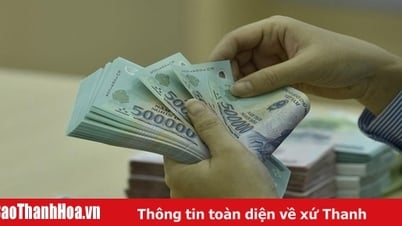

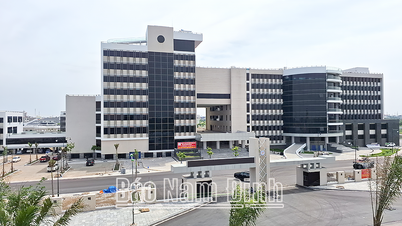

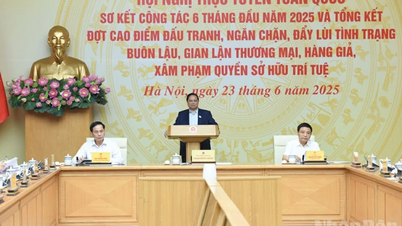

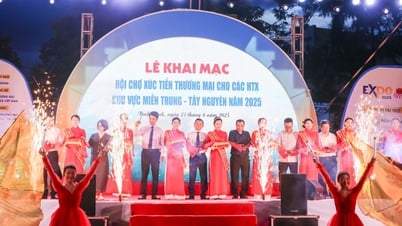









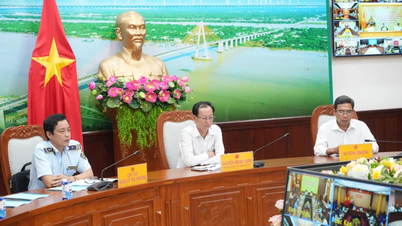
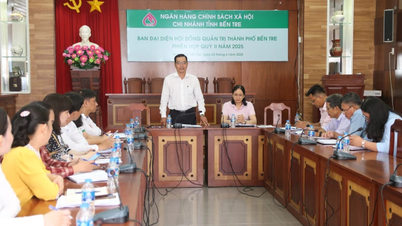

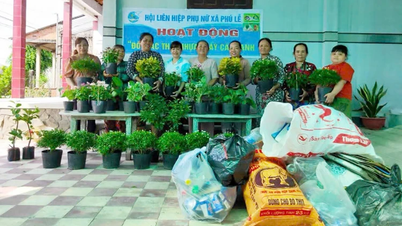
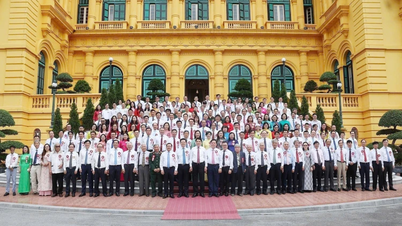
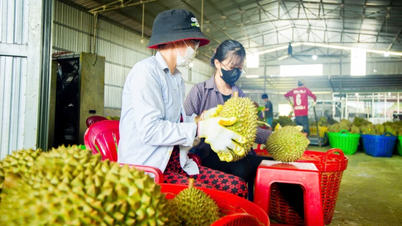
![[Photo] Party Congress of the Central Internal Affairs Commission for the 2025-2030 term](https://vphoto.vietnam.vn/thumb/1200x675/vietnam/resource/IMAGE/2025/6/23/5bf03821e6dd461d9ba2fd0c9a08037b)




















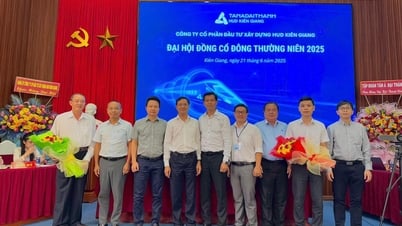


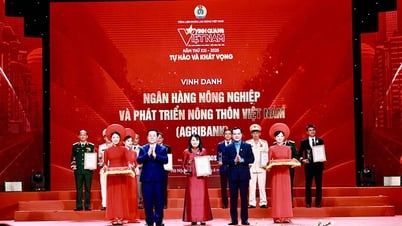





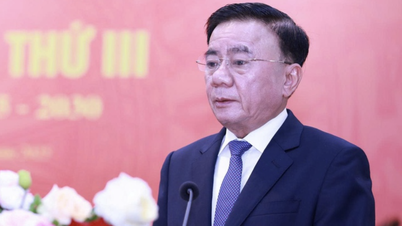

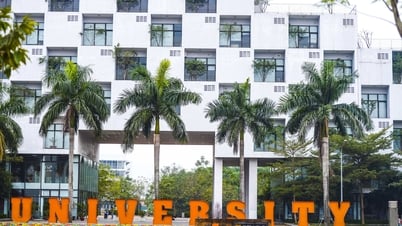

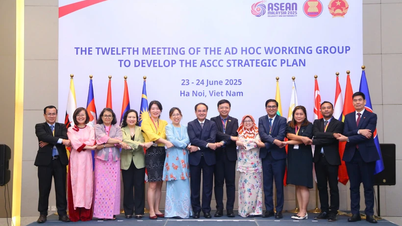
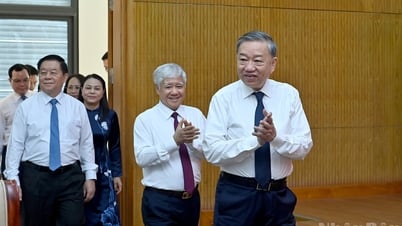

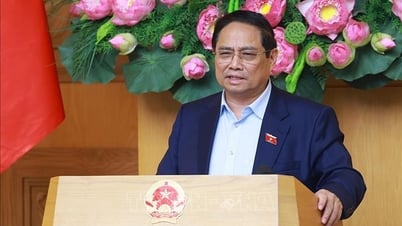
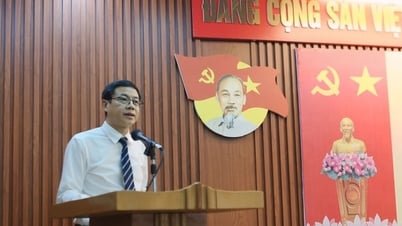

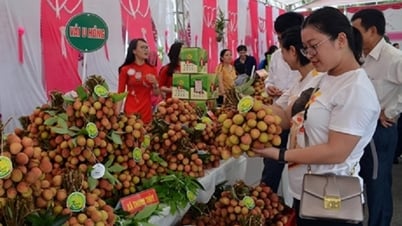

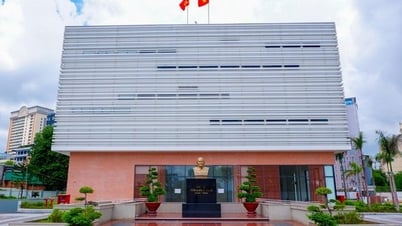

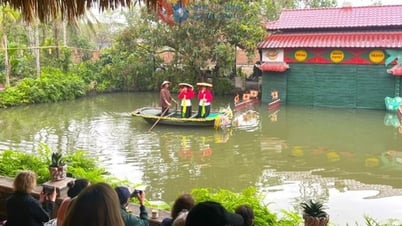

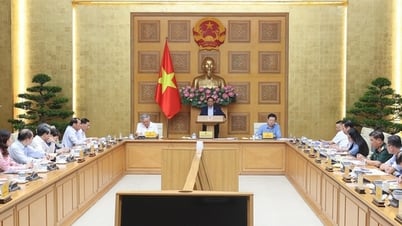
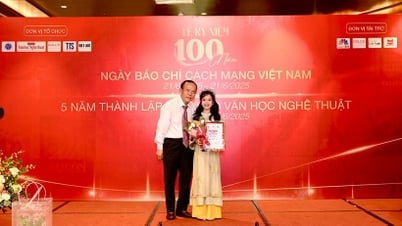

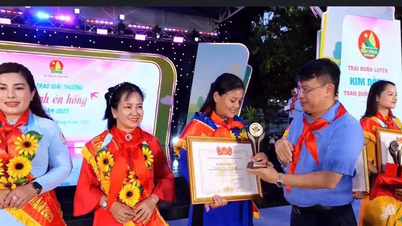













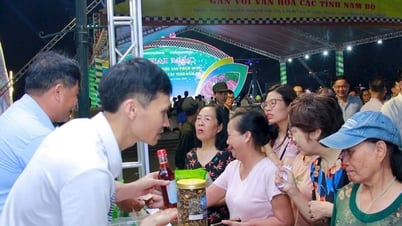


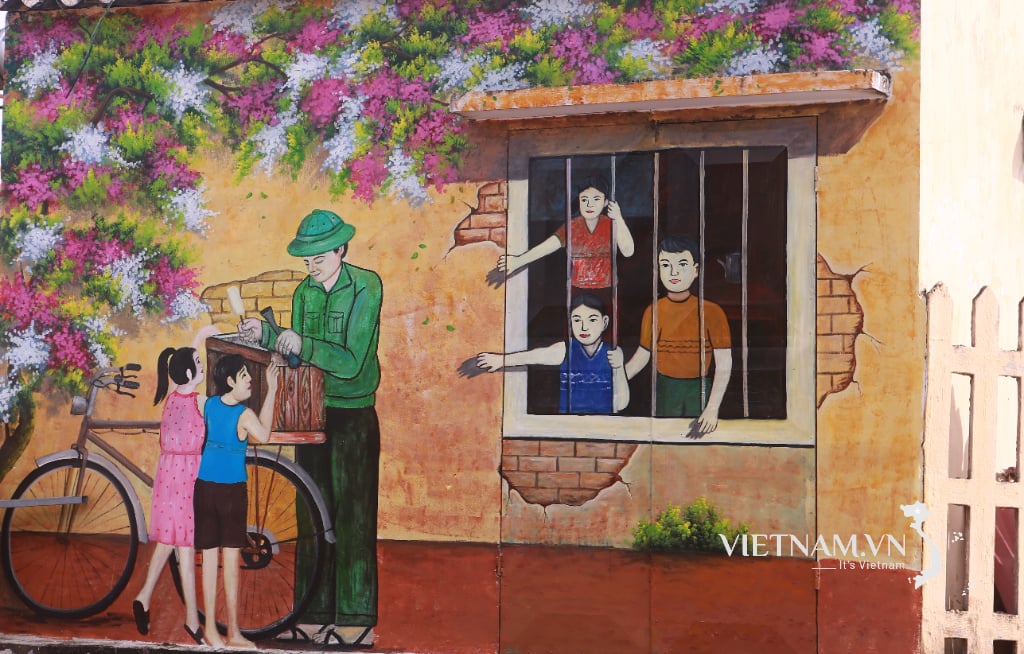


Comment (0)